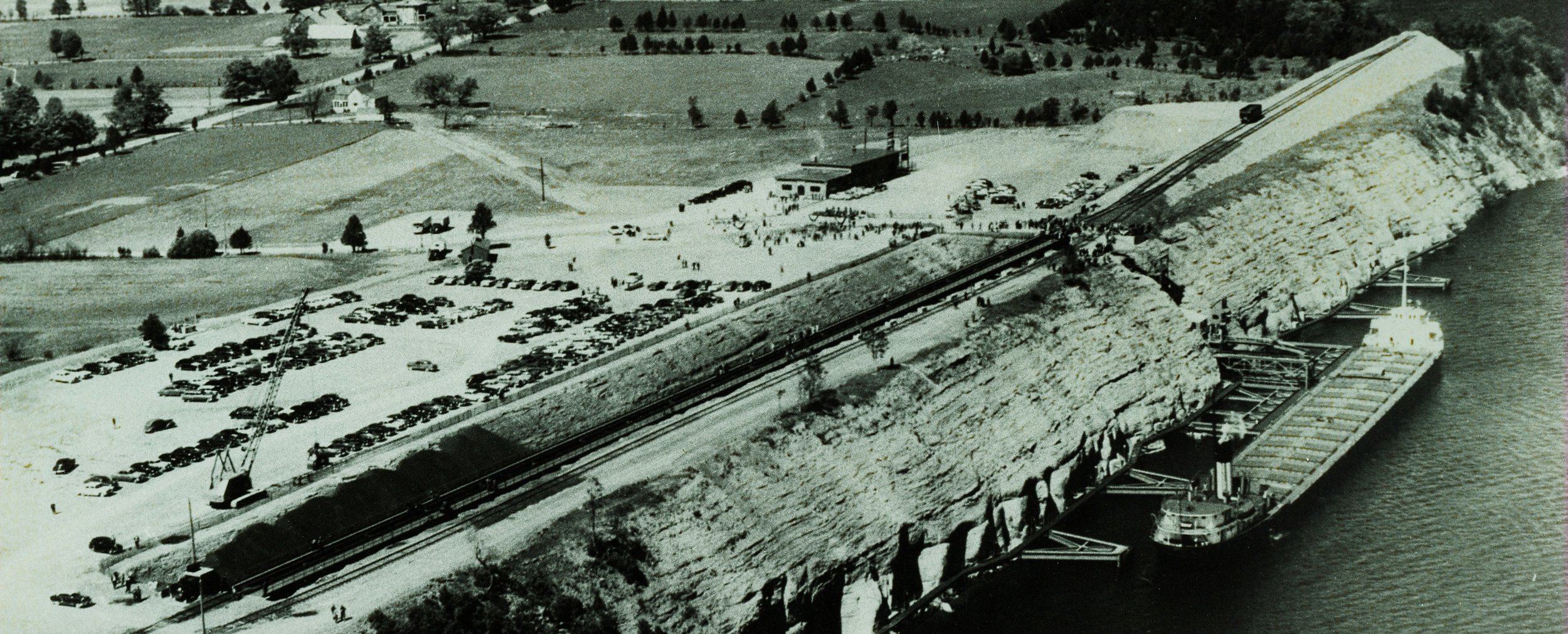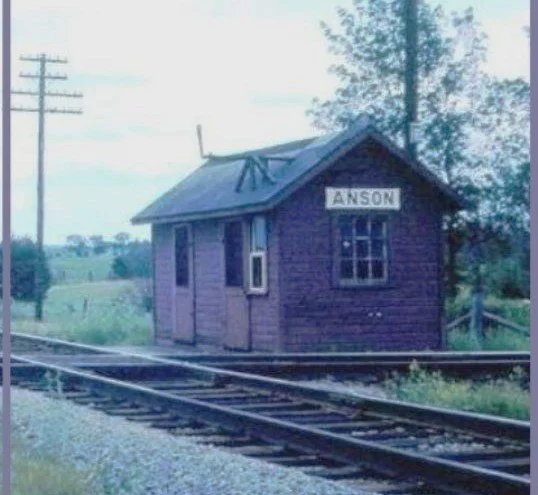" Margaret VanVolkenburg, daughter of Nathan, was born on March 10, 1858, in Seymour Township. She married Franklin Chadsey, on March 19, 1878, at the home of his aunt and uncle, Loren and Harriet Chadsey, at Hamilton Ontario. They moved to Alexander Manitoba, near Rivers, in September 1879. They lived in the upstairs of a log house owned by Mr. Hubbs. Life at first was plagued by prairie fires and bands of threatening Indians. Their daughter Lillian Elizabeth was the first white child to be born there on Dec. 28, 1879. Their other children were: Ethel May, born 20 Nov. 1881, Thomas Roy, born 4 Oct. 1886, Beatrice, born 26 June 1893, and Berson Allen, born 2 July, 1895. They moved to a farm near Rivers and again to Oak River in Blanshard municipality, where he bought a homestead.
With the outbreak of the Riel Rebellion and fearing for his families safety, he sent his wife and daughters Ethel May and Lillian back to Ontario. Unfortunately, there was an outbreak of diphtheria at the time and Ethel May died on July 28, 1885, at Hilton. Margaret's brother James also died of diphtheria that same year. Margaret sent tearful letters back home seeking assistance to deal with this situation.
Grandson Dale Chadsey has a scrim-shawed power horn (1995) that belonged to Franklin. The powder horn now has a string attached to it, which wasn't always the case. It originally had a brass cap and chain. Apparently, Margaret, while there alone with her children, was confronted by some Indians at the doorway of their home. The natives seemed to be fascinated by the blond haired children. Margaret, fearing for their safety, tossed the brass chain to them. Seemingly satisfied with this, they left.


































